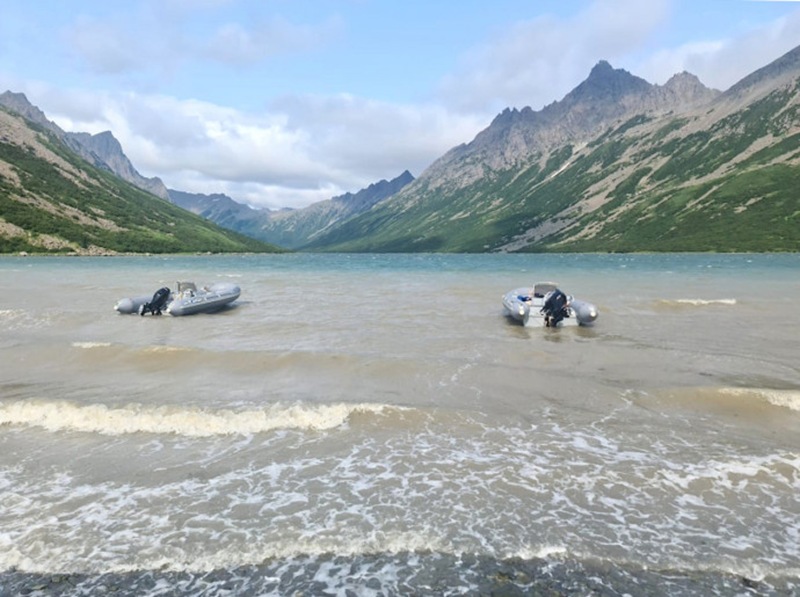One of the most stressful periods for environmental services has begun in Kamchatka. In the Kronotsky and Koryak nature reserves, as well as in the South Kamchatka Nature Reserve, operational groups have been transferred to a round-the-clock patrol mode. Their main task is to ensure the safety of Pacific salmon going to spawn in protected reservoirs, protecting them from illegal mining.

Inspectors work in extreme conditions. Spawning rivers and lakes are under their constant control, including the most inaccessible areas hidden in rugged terrain and dense thickets of elderberry. Unpredictable weather and constant encounters with bears, which also go out to the rivers in anticipation of a massive fish run, become an integral part of every raid. For club-footed predators, this is the bait time before the long winter, which requires special care from people.
“The main focus in the South Kamchatka Federal Reserve is annually on patrolling the Ozernaya River basin, where salmon enter to spawn from the Sea of Okhotsk and then most of them move to Kuril Lake to occupy their spawning grounds off the coast of the reservoir or in its tributaries and give birth. The patrol of the Pacific coast of the Kronotsky Nature Reserve has been strengthened. In the Koryak Nature Reserve, our inspectors also work on the coast of the Bering Sea,” Nikolai Solovyov, Head of the Kronotsky State Nature Reserve Security Service, explains the protection strategy.
All patrol groups are fully equipped with the necessary equipment, special equipment and communications equipment for autonomous work in the wild. The success of the operation depends not only on equipment, but also on well-coordinated interaction with other structures.
“Experienced state inspectors are on guard of the protected regime as part of the operational groups. We actively cooperate with local governments, law enforcement agencies, emergency services, and heads of hunting farms who are interested in preserving and multiplying the most valuable natural resource in the Kamchatka Territory, the source of life for the region’s ecosystems — wild salmon,” said Vsevolod Yakovlev, Acting Director of the Kronotsky State Nature Reserve.